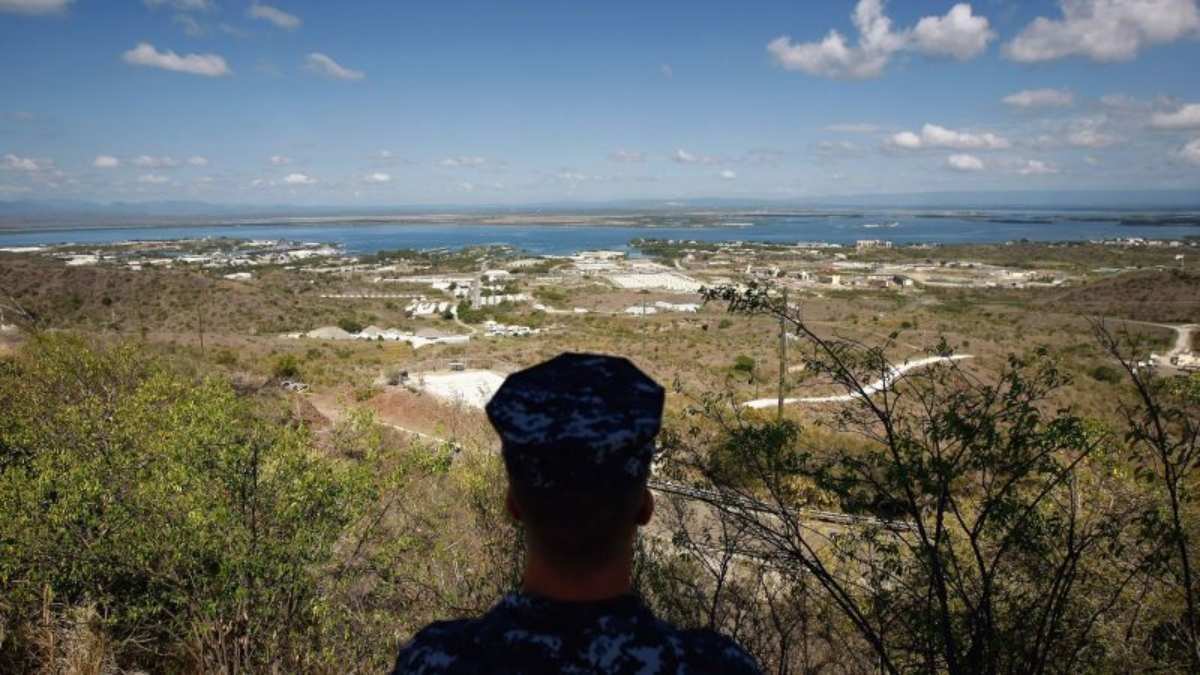Two consecutive storms to hit California: 27 million under alert for possible flooding

The NWS office in San Francisco said the first storm impacts will be felt with heavy rain starting tonight, especially from the Pacific Northwest coast into the southern half of the state.
There will be another “strong low pressure system” that will deliver another round of rain across the state from Sunday night to Monday morning, he added.
“The West Coast will once again be the center of severe weather for the next few days as low pressure systems from the Pacific make landfall,” the NWS explained.
Given this forecast, there are “excessive rainfall” warnings for much of Northern California and the state’s central coast this Sunday and Monday. A moderate risk of rain has also been issued for Santa Barbara and Santa Monica during those days.
“Very heavy snow will affect the Sierra Nevada on Monday, where a few feet of new snow can be expected,” the NWS said.
More than 27 million people are under a possible flood warning in the northern part of the state and parts of Los Angeles due to the predicted bad weather, CNN reported.
“The soil around the bay area is near saturation level, so the rain will run off quickly and likely cause numerous mudslides,” the NWS added.
This is what the powerful storms that flooded California look like from satellite
‘Atmospheric rivers’ hit California repeatedly
They occur globally, but are particularly strong on the West Coast of the United States, where they generate between 30% and 50% of the annual rainfall and are important for water supplies. However, according to NOAA, they can also bring storm surges that lead to flooding and landslides. Formed by winds associated with cyclones, ‘atmospheric rivers’ are typically 250 to 375 miles wide and move under the influence of other weather conditions.
Many atmospheric river phenomena are weak. But the most powerful ones can transport extraordinary amounts of moisture. Studies have shown they can carry seven to 15 times the average water released by the Mississippi River each day, according to the US Geological Survey.
According to the Scripps Institution of Oceanography’s Center for Meteorological Conditions, at least 46 ‘atmospheric rivers’ were recorded along the West Coast of the United States during the 2023 hydrological year. Nine were classified as strong, two as extreme and one as exceptional. Flooding and heavy snowfall in California.
What happens when an atmospheric river interacts with land?
When moisture-laden air moves over mountain ranges like the Sierra Nevada along the California-Nevada line, the water vapor rises and cools, turning into heavy precipitation that falls as rain or snow, according to NOAA.
While traditional cold winter storms from the North Pacific build up the Sierra snowpack, atmospheric rivers are warm. Snow can still fall at higher elevations, but rain usually falls on top of the snowpack at lower elevations. It can cause rapid melting, runoff and flooding, and can reduce the snowpack needed for California’s water supply.
Images of floods and landslides released by a new atmospheric river in California


:quality(85)/cloudfront-us-east-1.images.arcpublishing.com/infobae/QPEUPSCHTHS5HKF6UFWORL7U3Y.jpg)


